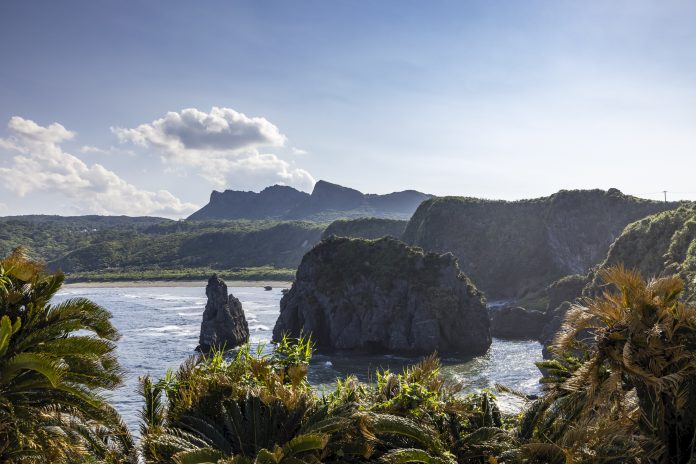Researchers have discovered the ancient volcanic eruption that rocked the floor around Japan’s Kikai caldera 7,300 years ago
The findings, published in the Journal of Volcanology and Geothermal Research, unravel the magnitude and mechanisms of the cataclysmic event, placing it as the most significant volcanic eruption of the Holocene.
Kobe University research team set out on a maritime expedition aboard the Fukae Maru, later joined by the Kaijin Maru, to conduct seismic imaging and sediment sampling around the Kikai caldera, located off the southern coast of Kyūshū island.

Revealing ancient volcanic eruptions
Their mission was to explain the enigmatic deposition of pyroclastic flows underwater, vital to understanding past volcanic eruptions.
Using seismic reflection techniques, the team achieved a vertical resolution of 3 meters, delving several hundred meters below the ocean floor to unravel the sedimentary structures revealing clues to ancient volcanic eruptions.
Seama elucidates, “Large volcanic eruptions such as those yet to be experienced by modern civilization rely on sedimentary records, but it has been difficult to estimate eruptive volumes with high precision because many of the volcanic ejecta deposited on land have been lost due to erosion.”
Their findings uncovered the 7,300-year-old eruption, which covered an area exceeding 4,500 square kilometres around the eruption site with a dense-rock equivalent volume ranging between 133 and 183 cubic kilometres.
This eruption not only exceeds any other known volcanic events in the Holocene but also the event that created a caldera that was the size of a modern city.
What caused this historic volcanic eruption?
The researchers traced the origins of the sedimentations on the ocean floor and neighbouring islands, unravelling the association between pyroclastic flows and water. They observed that the underwater component of the flow travelled a long distance, defying traditional expectations by ascending uphill.
This study exemplifies Japan’s commitment to advancing scientific knowledge and disaster preparedness. Kobe University is at the forefront of this research innovation to tackle ongoing challenges. As natural disasters become a more present threat, this research from Kobe University can help to safeguard the future against volcanic eruptions.











